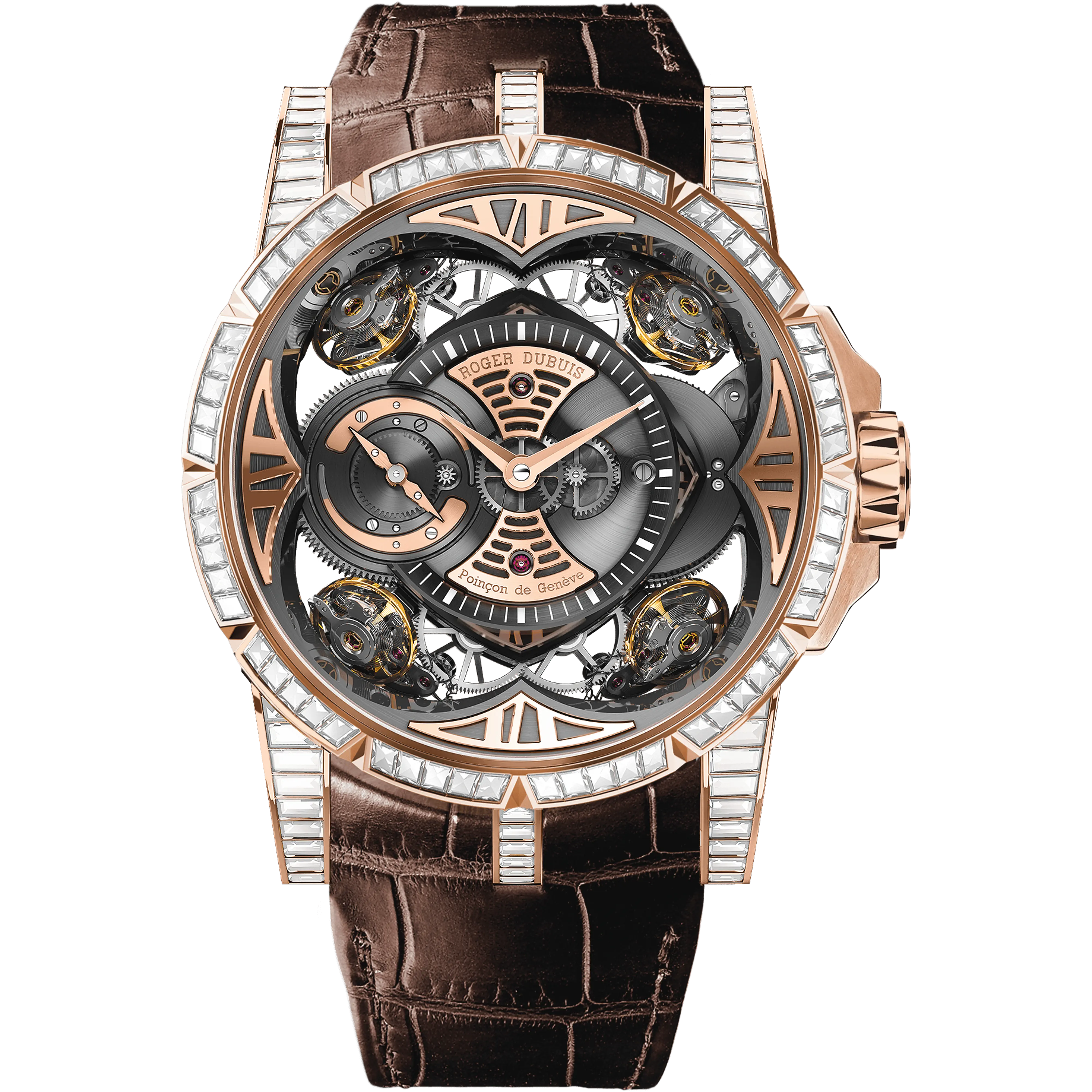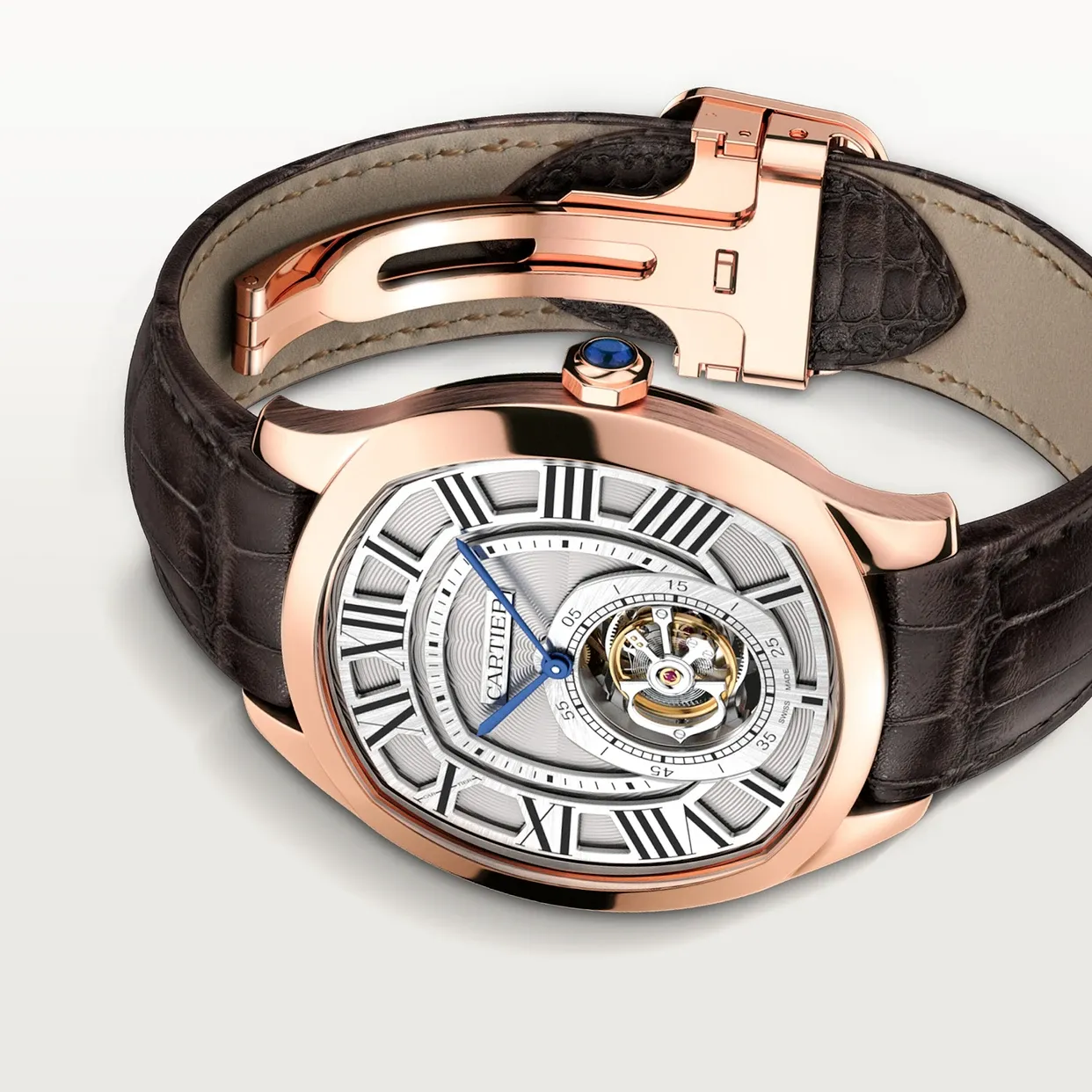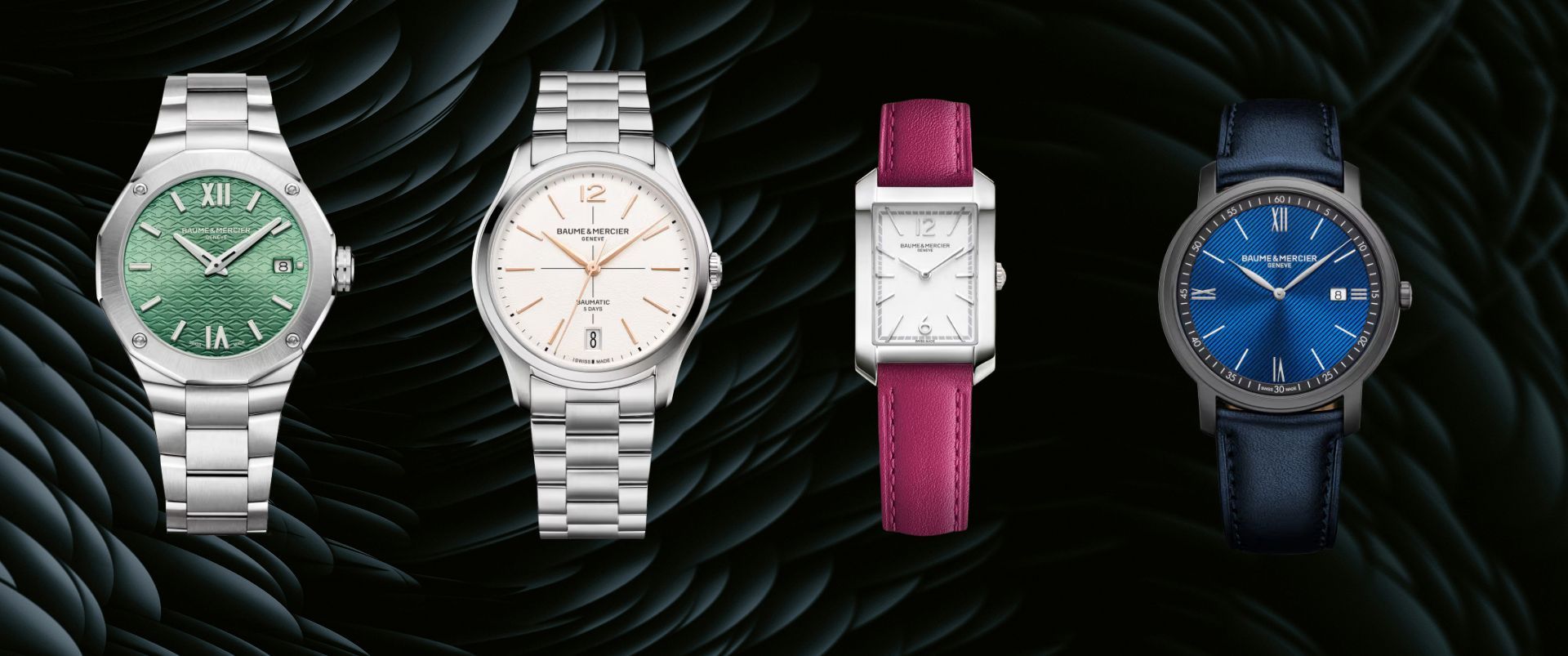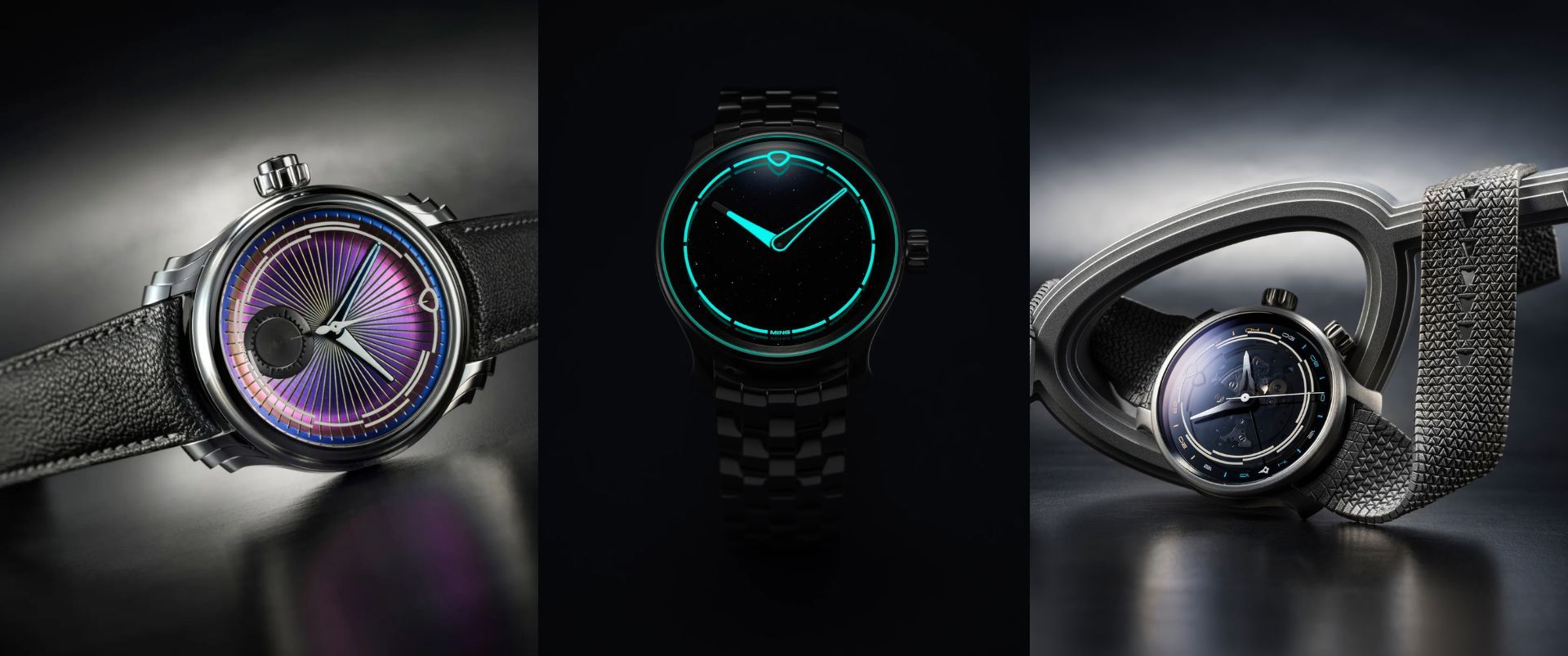Know Your Watches: What Is A Tourbillion?
A tourbillon is one of the most intricate and esteemed mechanisms in horology, designed to enhance precision and demonstrate exceptional craftsmanship. Sounds complicated? Let’s take a closer look at what a tourbillon is.
What is a tourbillon?
A tourbillon is a complex and highly prized mechanism used in high-end mechanical watches to counteract the effects of gravity on the movement's escapement, thereby improving the timekeeping accuracy.

So what does a tourbillon actually do?
Wrist watches can run slightly fast or slow depending on their position, as gravity has a direct effect on the regulating components, mainly the balance and balance spring, differently. Invented by the legendary Swiss watchmaker Abraham-Louis Breguet in the late 18th century, the tourbillon was born out of a desire to counteract the detrimental effects of gravity on pocket watches. At that time, pocket watches were the dominant timekeeping devices, susceptible to variations in accuracy due to the pull of gravity on their movements. Tourbillion is a French word that means whirlwind, which aptly describes it's motion.
How does a Tourbillon Work?
Breguet’s ingenious solution involved creating a rotating cage that housed the escapement, balance wheel, and spring—the crucial components responsible for regulating the watch’s timekeeping. By mounting this entire assembly within a rotating cage, the tourbillon aimed to nullify the effects of gravity on the movement, thus improving the watch’s precision.

Balance Wheel and Escapement: The balance wheel oscillates back and forth, regulating the watch's timing. The escapement controls the release of energy from the mainspring to the gear train.
Rotating Cage: The entire escapement assembly (including the balance wheel) is mounted in a rotating cage. This cage usually completes one rotation per minute.
Counteracting Gravity: By rotating, the tourbillon averages out the gravitational errors that affect the balance wheel and escapement, as they are never in the same position relative to gravity for long.

Types Of Tourbillons:
Double and Triple Axis Tourbillons: These feature cages that rotate around multiple axes, further minimizing the impact of gravity and adding a spectacular visual element.
Flying Tourbillon: Unlike the traditional tourbillon, which is supported by a bridge or cock on both sides, the flying tourbillon is anchored only on one side, giving the illusion of it "floating" within the movement.
Gyrotourbillon: Developed by Jaeger-LeCoultre, this multi-axis tourbillon includes several rotating frames that provide enhanced correction for positional errors.
Multi-Tourbillons: Some watches feature multiple tourbillons working in tandem, either independently or connected by a differential to average their rates, further showcasing the watchmaker’s expertise.

Manufacturers often place the tourbillon in a prominent position on the watch dial, sometimes with a visible opening or even a skeletonized design to showcase the mesmerizing movement of the rotating cage. This visual element adds to the allure of the tourbillon, making it not only a technical feature but also an aesthetic one.
A tourbillon watch is a masterpiece of horological ingenuity, standing as a testament to the blend of precision engineering and artistic craftsmanship. Whether you're an avid collector or a newcomer to the world of luxury watches, appreciating the tourbillon and understanding its various complexities enriches your horological journey.
No articles found





